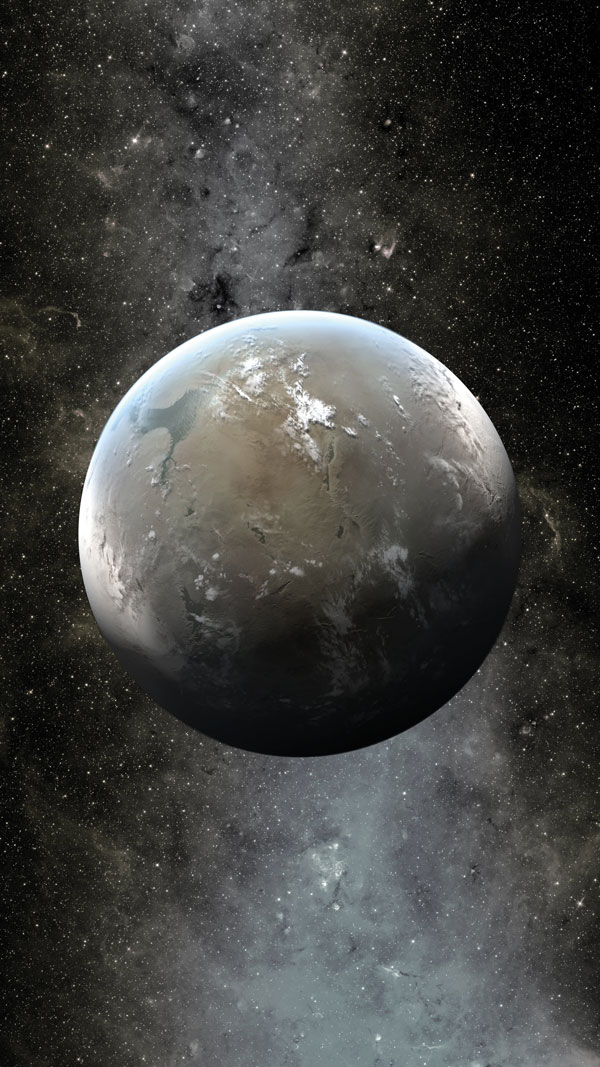Hamish Johnston reviews One of Ten Billion Earths: How we Learn About our Planet’s Past and Future from Distant Exoplanets by Karel Schrijver

Ten billion – that is the estimated number of Earth-like planets in orbit around Sun-like stars in the Milky Way. In One of Ten Billion Earths: How we Learn About our Planet’s Past and Future from Distant Exoplanets, astrophysicist Karel Schrijver takes a detailed look at what we know about exoplanets, and what this rapidly growing body of knowledge tells us about the Earth and its place in the solar system.
We have known about exoplanets for about 25 years and Schrijver points out that the earliest discoveries were made in the most unlikely places. In 1992, for example, the first ever confirmed observation of an exoplanet involved an object about four times the mass of Earth orbiting a neutron star. Rather than surviving the supernova explosion that preceded the formation of the neutron star, Schrijver explains that the exoplanet and its two subsequently discovered companions were probably formed from the remnants of the explosion. So even in death, a star can acquire exoplanets.
Another early surprise with possible implications for our solar system is the existence of “hot Jupiters” – gas giants that orbit much closer to their stars than Mercury does to the Sun. The first one was discovered in 1995, when it was thought that such planets must form far away from their stars, where it is cold enough for water, ammonia, methane and other volatile substances to freeze. We now know of many hot Jupiters, and a likely explanation for their existence is that they formed far from their stars and wandered inwards. Indeed, there is evidence that Jupiter may have done this long ago, sculpting the inner solar system as it lumbered through.
A strong theme of One of Ten Billion Earths is the constant stream of surprising exoplanet discoveries that have been made by astronomers. We are surprised, of course, because before 1992 we only knew about the solar system and had assumed that it was somehow normal. Even though we can make an educated guess that there are 10 billion Earth-like planets in the Milky Way, Schrijver describes Earth as “common and exceptional”. He points out that factors such as the migration of Jupiter and the presence of the Moon may have played crucial roles in creating Earth’s life-friendly environment – and we just do not know how many other exoplanets would have enjoyed a similar evolution.
- 2018 Oxford University Press 480pp £25



